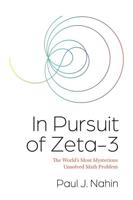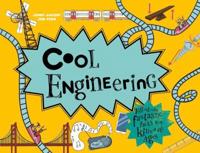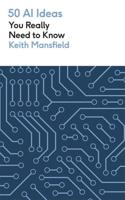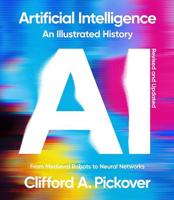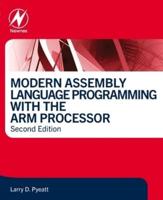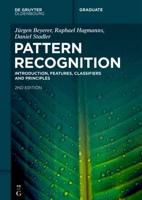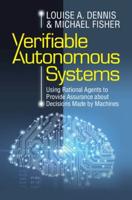Publisher's Synopsis
Existing texts on artificial intelligence, expert systems and knowledge-based systems on the whole treat only narrow application domains, while many practising engineers use expert systems to solve complicated design problems. The theme of this book is to extend the range of problem solving by the use of cooperating expert design systems. It is concerned with the theory and implementation of a computational infrastructure that enables system designers to achieve the requisite trade-offs for a good overall balance of design among, for example, heterogeneous design tools. The authors' approach is to devise plug-in facilities for the introduction of design tools as they are developed and become necessary.;A generic methodology is described, which is designed to achieve balances between simplicity and flexibility,individuality and interoperability. This is done by combining constructs from Prolog, Object-Oriented, and Knowledge-Based Systems, and by encapsulating a Tandem Integration Architecture and an Agent-Based Framework. Case studies are given within the text to demonstrate the working principle.


